This post may contain affiliate links which means we may get a commission if you make a purchase at no additional cost to you. As an Amazon Associate we earn from qualifying purchases. Please read our disclosure for details.
"Each product we feature has been independently selected and reviewed by our editorial team. If you make a purchase using the links included, we may earn a commission."
Words cannot do enough justice to how amazingly beautiful South Africa is. Mountain peaks higher than most in Africa, cosmopolitan cities, a diverse culture, a long and scenic coastal stretch, and wildlife that makes every other African country jealous – South Africa has the whole package.
The question is, what do you need to bring to travel to a country full of surprises?
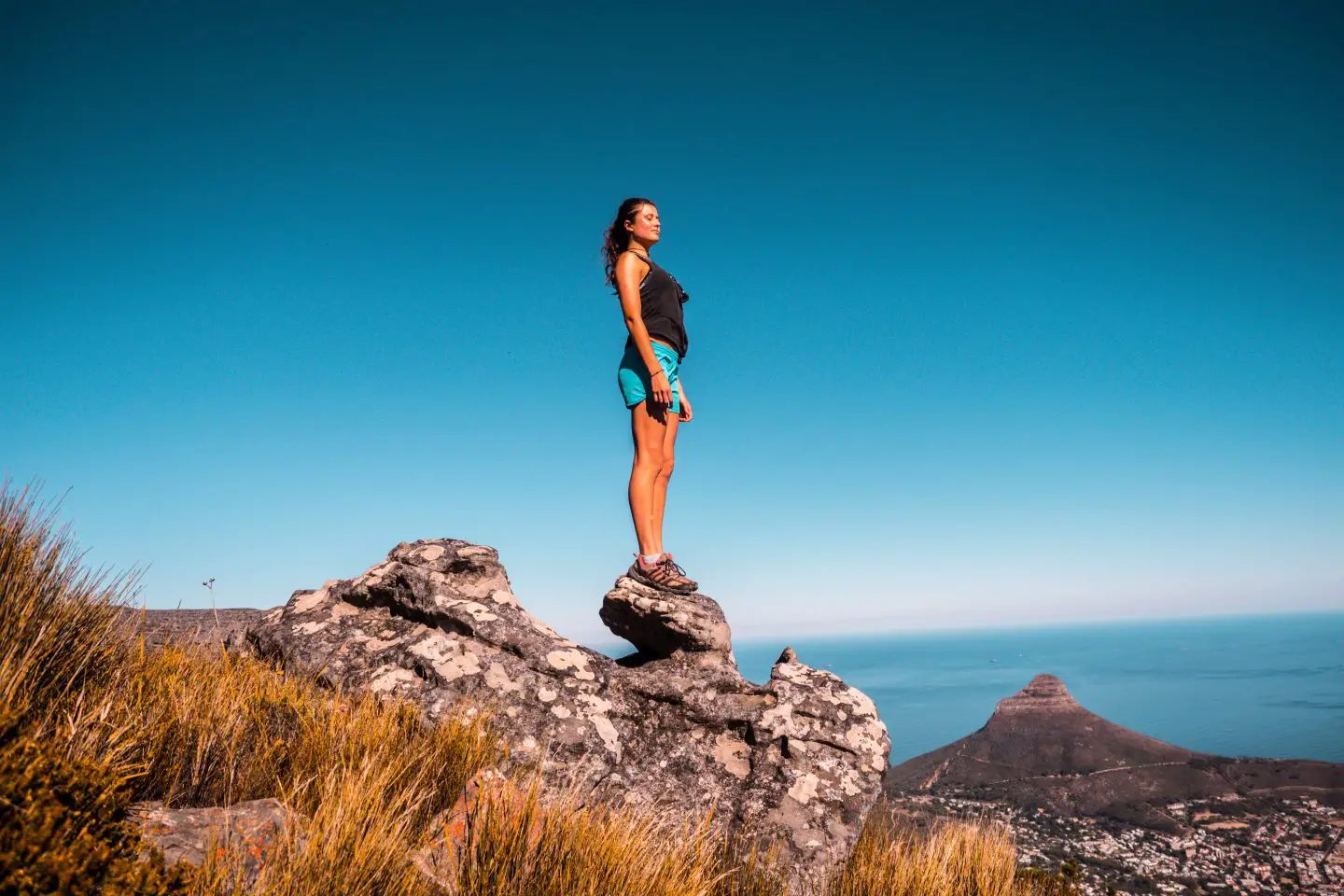
Preparing a packing list for South Africa is just as complicated as the country’s history and politics. Depending on your itinerary and the time of your trip. The list of what to pack for South Africa will have many variations. Without further ado, let’s take a closer look at how you can prepare for your journey to this African Paradise.
South Africa Packing List: Clothing
Figuring out what to wear in South Africa is a tricky business. After all, we are talking about a country with multiple climates. The western and the southern coastal stretch experiences a climate that mimics the Mediterranean.
The eastern coastal stretch, as well as the provinces of Mpumalanga and Limpopo, have predominantly subtropical conditions. The inner provinces around the Karoo and Kgalagadi drylands have a semi-arid climate. Another determinant is the range of activities you want to engage in.
General Tips
Layering up is advice we almost give fore every country, but this is especially helpful in South Africa. Coastal cities like Cape Town can have unpredictable weather. It could get boiling-hot and freezing all in the same day. So, it is always necessary to come prepared for every change of temperature throughout the day. You can always make use of lightweight long-sleeve shirts and light jackets.
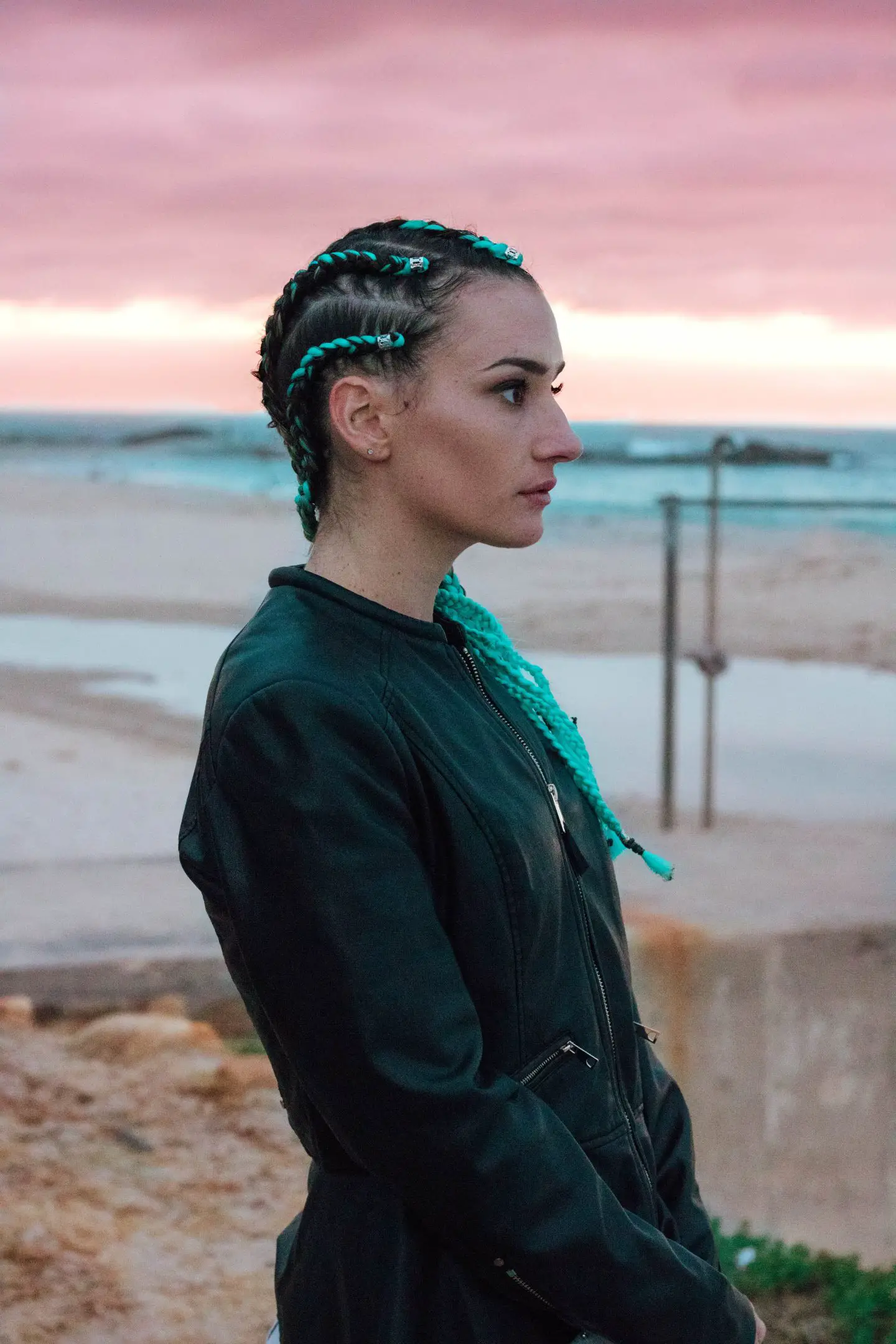
You also need to think about the activities you want to join. You will possibly participate in activities ranging from wine tasting to hiking. So, you might want to have different attire for every type of activity.
Thermal underwear can be extremely helpful for adjusting to extreme weather conditions.
To pack in a more organized way, you can bring packing cubes to group your clothes according to your planned activities.
If you are visiting South Africa between November and March, we would encourage you to bring a long-brimmed hat to wear during the day. Getting exposed to South Africa’s sunlight for too long will have painful consequences.
For cities
For summer: Tshirts, tank tops, sandals, flip flops.
For winter: Rain jacket, waterproof boots, wool caps, scarfs
For all seasons: Travel pants, socks, sweatshirts, light jackets.
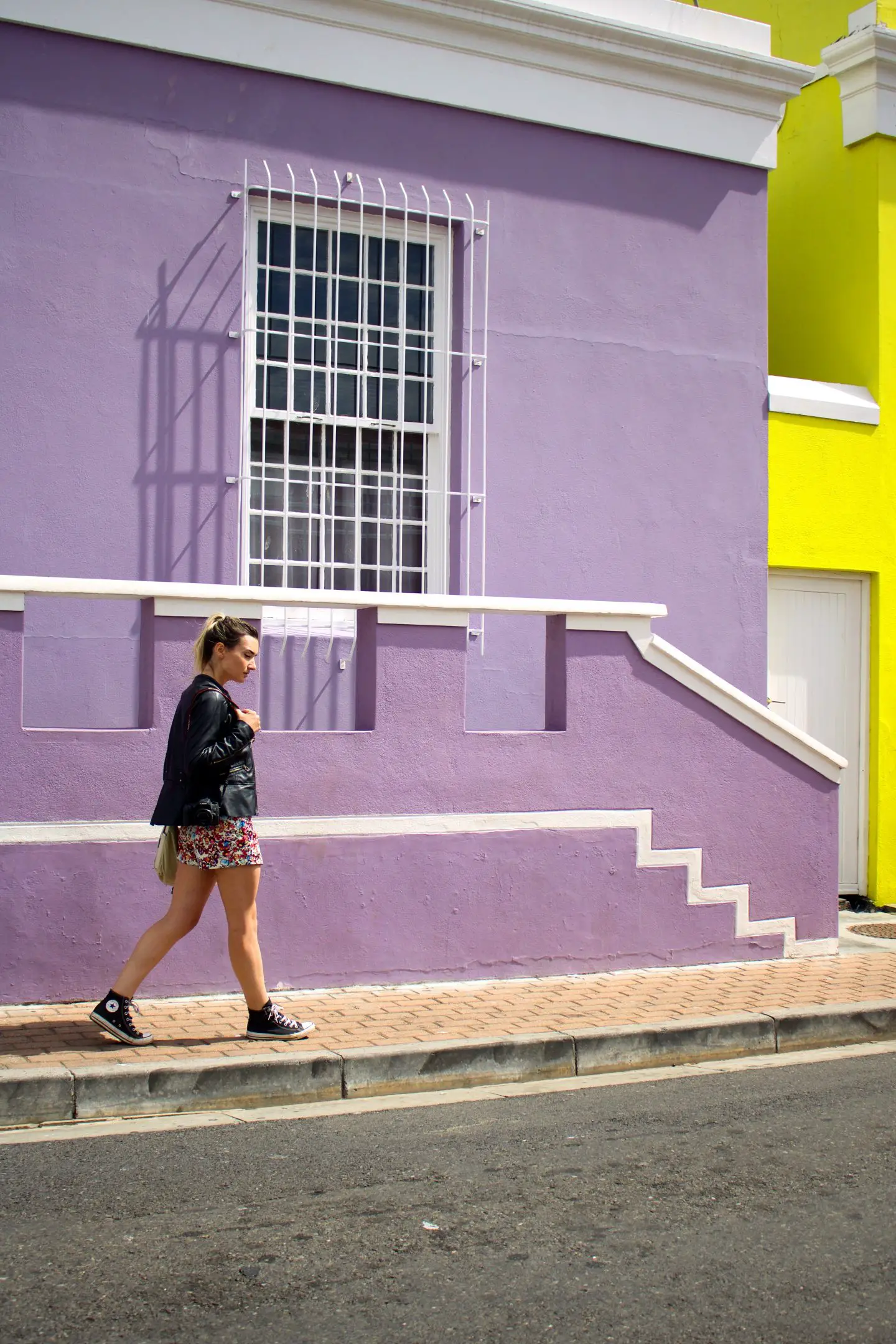
Bring smart casual outfits for evenings out or wine tasting.
Pickpocketing is a common sport in cities like Cape Town and Johannesburg. To keep your valuables safe, you should have an anti-theft jacket with many inner pockets.
For hiking
There are hundreds of hiking routes in South Africa with a range of difficulties. If you love outdoors, you need to bring hiking shoes with a good grip. It must be able to handle rocky terrain and slippery surfaces.
Hats and sunglasses are essential for protection from sunlight.

A light jacket or sweater to wear at the peak, as it can get chilly and windy at the top.
What To Wear On Safari In South Africa
One of the first things your safari guides in South Africa will tell you is that animals are attracted to bright colors. So, when you are preparing a South African safari packing list, you should bring a lot of neutral-colored t-shirts and shorts to blend into the nature around you. This is not a must if you are going to be in a closed vehicle, but we would still recommend it for open vehicle safaris.
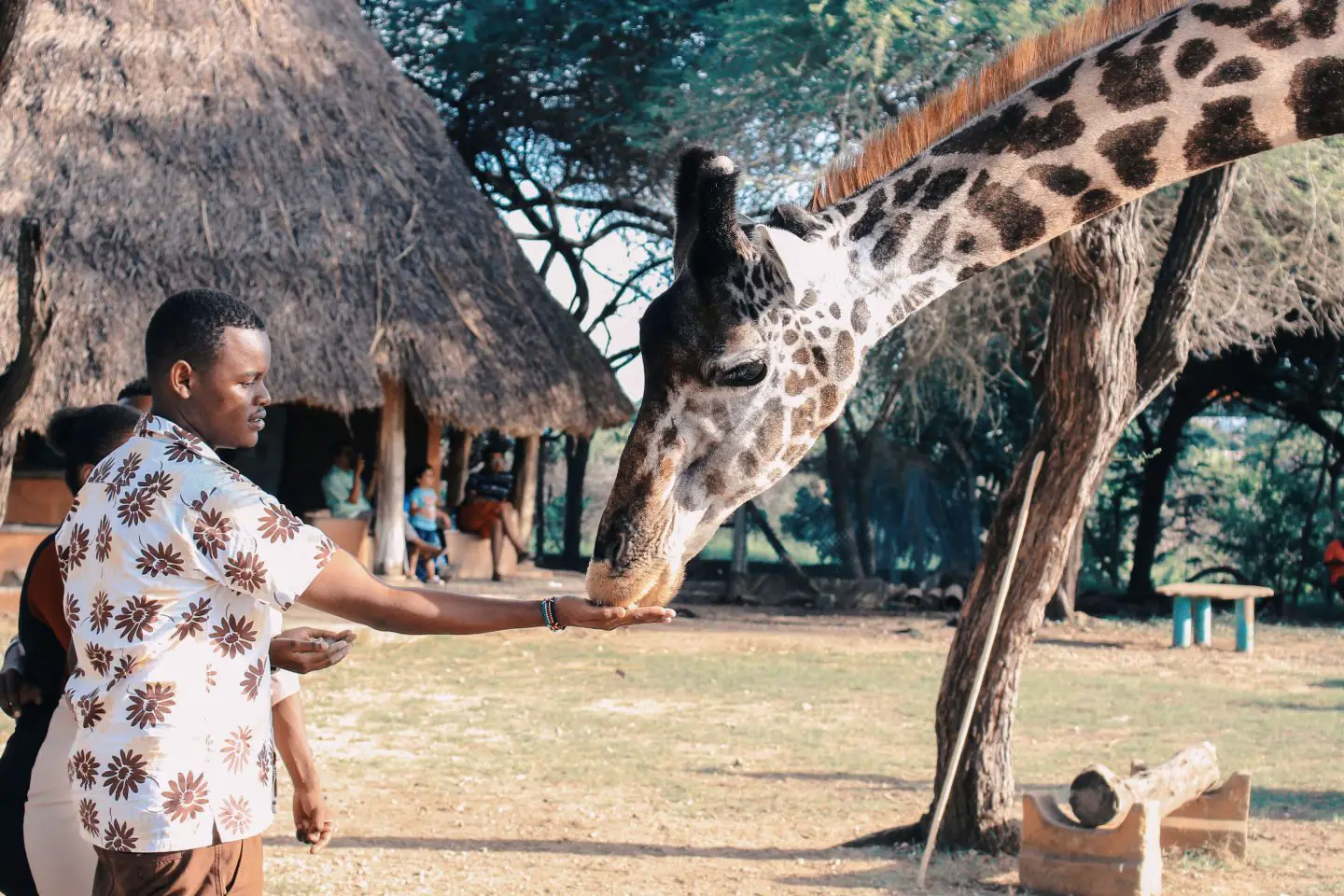
For walking safaris, you should bring hiking shoes.
To protect your legs and feet from insect bites, you should have long pants and long socks that will preferably tighten up around the ankles.
During summertime, the heat can be unbearable. So, you should bring your hats and sunglasses during the morning and afternoon safaris.
If you are visiting in winter, keep in mind that the temperature can drop down to single digits at night. You should have a sweater or coat for evening or early morning game drives.
For beaches
South Africa has numerous beaches ideal for swimming and surfing. You can bring your bathing suit, and surf suits (although it is also possible to rent these at surf shops).
The towns along the Northern KZN coast, namely St Lucia Wetlands and Sodwana Bay, have world-famous diving sites, which means you can use your snorkeling or diving gear.
South Africa Packing List: Gear
One of the easiest ways to save money in South Africa is camping. Mother Nature has been quite generous towards South Africa, as you can infer from the abundance of nature reserves. If you bring your camping gear, you could camp at one of these for as little as 100 South African Rands. So, bring your tent along with an inflatable bed.
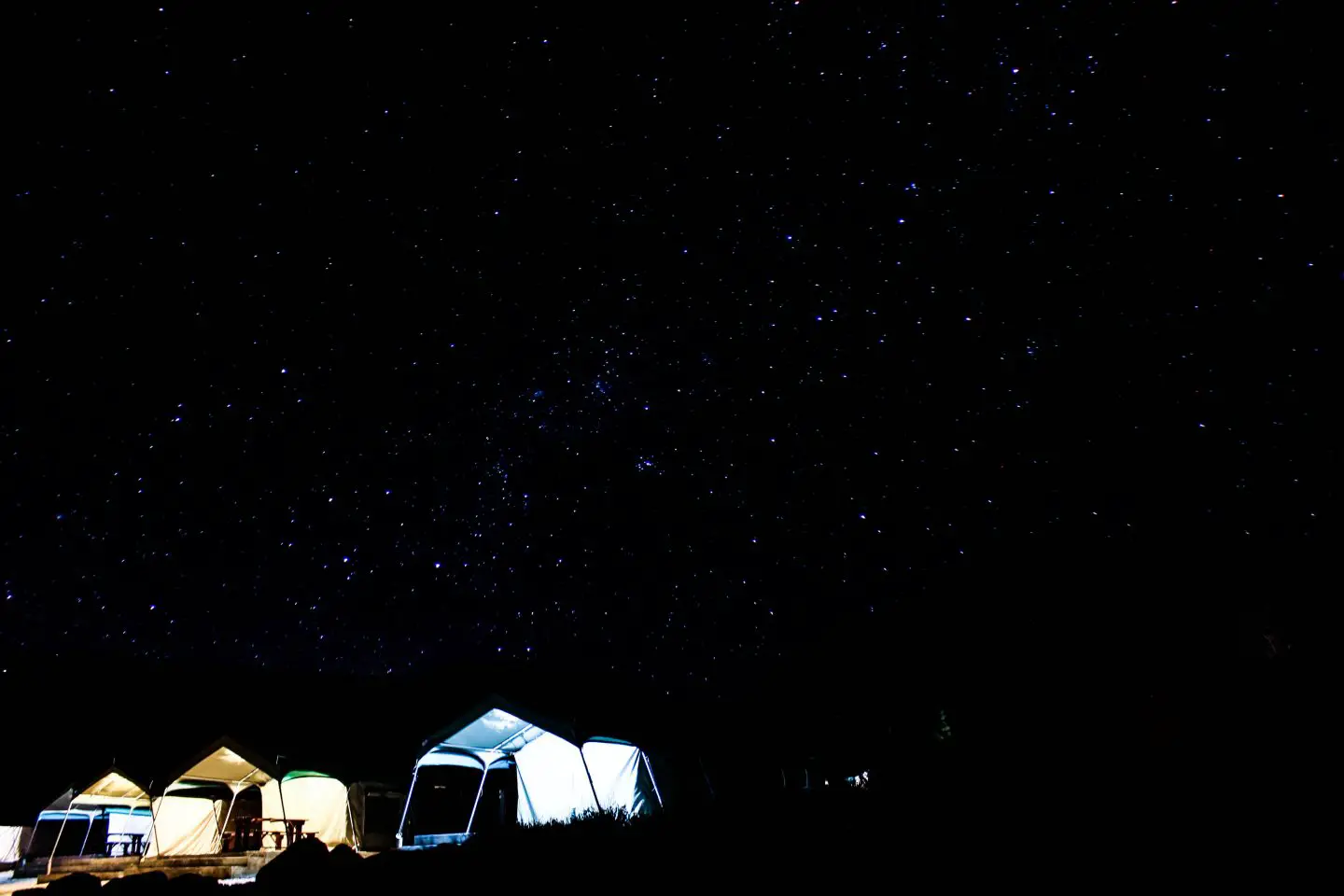
South African electrical socket types are a bit different from the rest of the world. They use types D, M, and N. Although you can find the ones with the European type socket in big cities, rural areas and campsites will only have the three-round-socket types. Depending on your home country, you might need to bring a converter. Keep in mind that the standard voltage is 230 V, while the frequency is 50 Hz.
A powerstrip will accelerate your day by charging your electronics simultaneously through one outlet.
If you are going to a safari destination like Kruger National Park, you will want to immortalize your encounters in wildlife. To do so, you should bring a safari camera with extra memory cards and batteries.
Another useful item for a safari is binocular, which is the best way to gaze at animals from a distance.
Tap water is drinkable in most of South Africa, so you can bring a reusable plastic bottle to reduce your plastic use.
South Africa Packing List: Toiletries and Medicine
We hate to break it to you, but our beloved Corona has spread to South Africa. Although the identified cases are in a small area in KwaZulu-Natal, it is possible for the virus to spread to other provinces. The bottom line is to bring products that will boost your immune system and keep you healthy.
Homeopathic immune boosters are a good start.
Hand sanitizer should be closer to your heart than your significant other.
The provinces Mpumalanga and Limpopo – where the majority of safari-related activities take place, have low to moderate risk of malaria, especially in summer. You would need to check with your doctor to find out the right anti-malarial medication for you.
Although the majority of South Africa is malaria-free, mosquitos can still disrupt your sleep and make you feel miserable. That’s why you should bring DEET-containing insect repellent.
Whether you are visiting Nelson Mandela’s prison cell in Robben Island or going on whale-watching tours, you can easily get motion-sickness because of the rough waves of the Atlantic Ocean. You can use Dramamine to minimize the symptoms.
African sunlight can be destructive if you don’t act carefully. You should bring sunscreen of at least 50 SPF.
South Africa Packing List: Documentation
South Africa is one of the countries, where road tripping is almost like a form of art. If you want to see rural South Africa independently, you can rent a car at one of the big cities. So, don’t forget to bring your international driver’s license.
South Africa does not require a visa from a lot of countries for up to three months, including Europe, the UK, Australia, New Zealand, and the US. You should still have your passport that is valid for more than six months after you depart from South Africa.
If you have been in a country with a high risk of yellow fever in the past year, you should have a yellow fever vaccination certificate with you.
South Africa Packing List: Travel Insurance and Safety
It sometimes feels like the world out there is going crazy, and you might feel paranoid about bad things happening to you. You can minimize the risk and damage by purchasing international travel insurance. World Nomads is a reliable company that can cover you for injuries, illnesses, stolen items, and accidents.
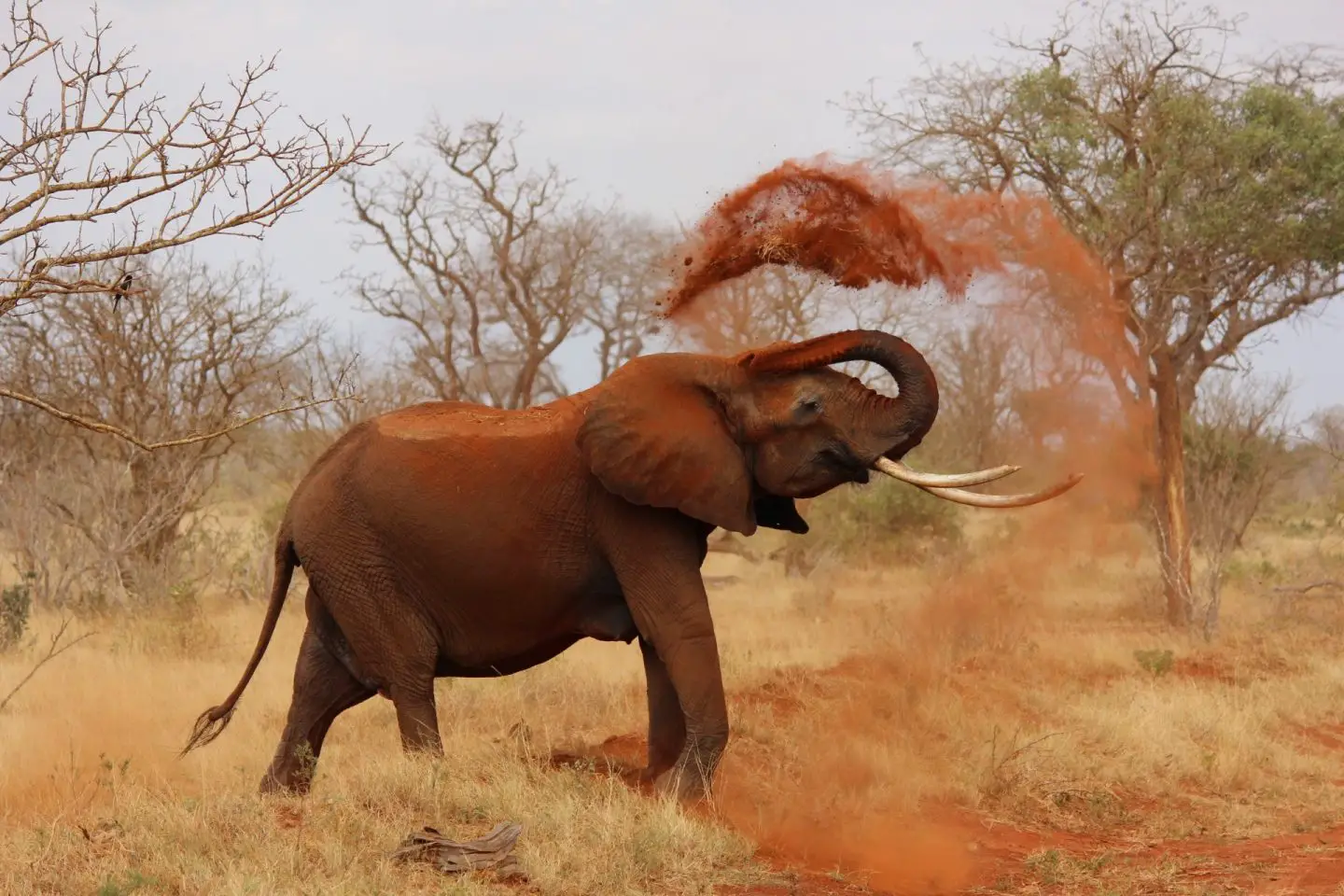
South Africa has a bad reputation as one of the most dangerous countries in Africa. While this is not entirely true, petty crime is quite common in touristic areas. Aside from street-smart precautions, you should have a few extra items to protect yourself. Firstly, you could have a fake purse on you with expired cards, a little amount of money, and a cheap phone if possible. Also, you could have locks for the zips of your backpacks.
You could also carry a pepper-spray just in case.
South Africa Packing List: What Not To Pack
Bringing expensive jewelry means you are inviting people to come and rob you.
South Africa Packing List: Conclusion
Traveling to South Africa will be an experience that will change you for the better. Although you could buy a lot of items for affordable prices in South Africa, it is always better to come prepared. With our South Africa packing list, you will be ready for the unpredictable weather conditions, and the great variety of touristic activities.
South Africa Packing List: FAQ
Narcotics, weaponry, and cigarettes more than 2 kg are illegal to bring in.
You should pack light-colored, lightweight clothes with long sleeves. Your aim should be to protect your skin from sun, dust, and insects. You should also bring a jacket and a scarf to keep yourself warm at night or in the early morning.
The maximum South African Rands you can bring into South Africa is 25,000 ZAR. For foreign currencies, the maximum is 10,000 USD.

My heart is with the endangered species like the hunters such as painted dogs the k9s or the mighty lion.
Author
Hello Bryan, I feel the same way! The good news is that most of the Southern and East African countries prohibit hunting the big 5. Kenya does a great job of rescuing injured animals from the wilderness. I hope this new insight gives you peace of mind.